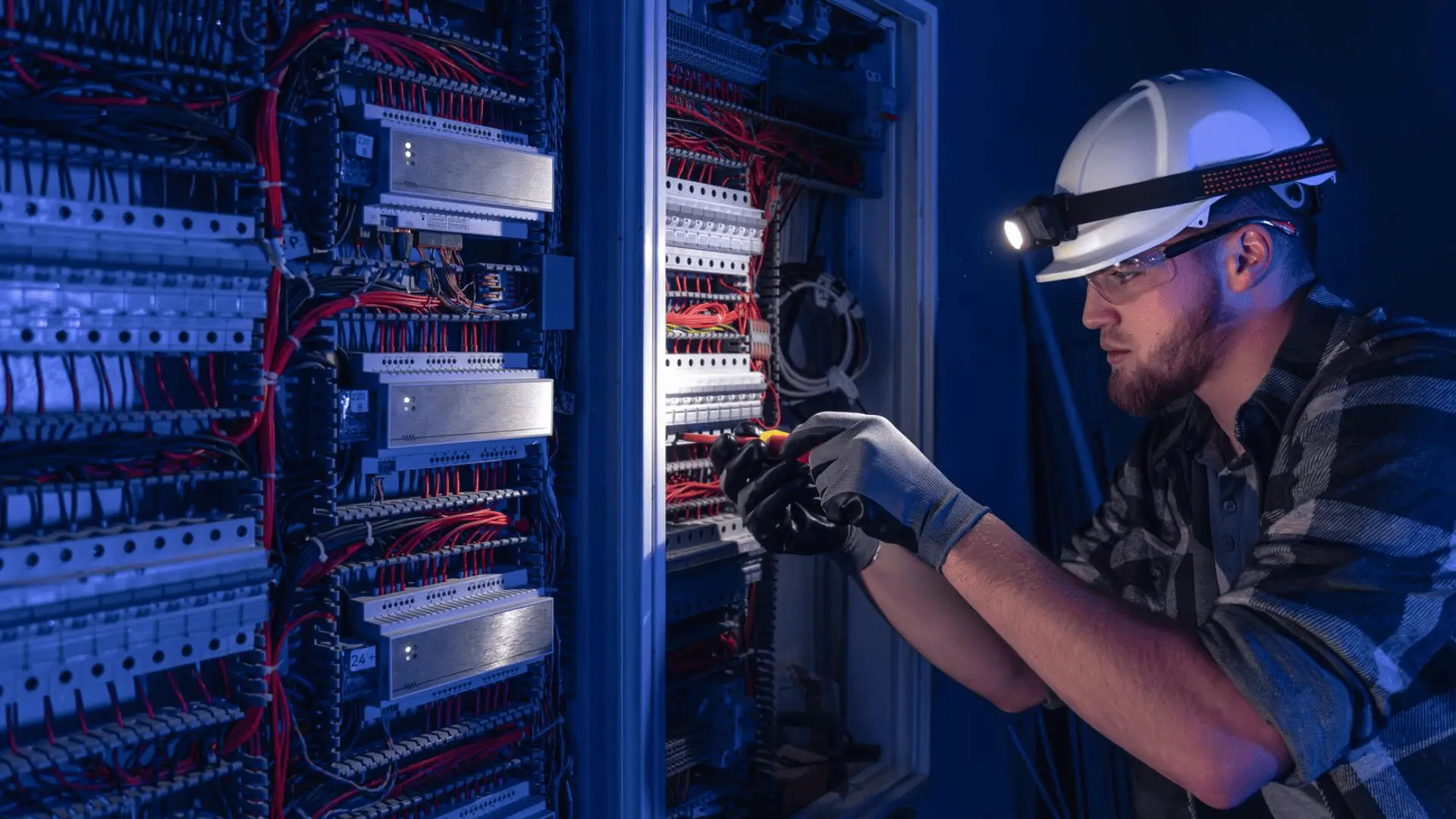Introduction
In today’s digital economy, data center power systems form the backbone of every industry that depends on secure and continuous operations. From healthcare to finance, even a few minutes of downtime can lead to millions in losses. Yet despite heavy investments, many facilities still suffer unexpected power failures. At Budlong, our MEP engineering expertise ensures that these risks are mitigated long before they become costly problems.
Below are seven common reasons why data center power systems fail—and how Budlong’s proactive design strategies help keep critical facilities running without disruption.
1. Inadequate Redundancy in Data Center Power Systems
One of the leading causes of downtime is lack of redundancy. If a single power source or component fails, the entire facility may go dark. Budlong MEP engineers design redundant power systems with N+1 or 2N configurations to ensure that no single point of failure can disrupt operations.
2. Faulty or Aging Electrical Infrastructure
Aging switchgear, UPS units, and transformers often become hidden liabilities. Many facilities defer upgrades until it’s too late. Budlong addresses this by conducting comprehensive power system assessments and incorporating future-ready infrastructure that supports scalability and long-term reliability.
3. Overloaded Circuits and Improper Capacity Planning
As businesses scale, power demands grow. Without careful planning, circuits become overloaded, leading to outages or equipment damage. Budlong’s data center MEP design includes accurate load forecasting, ensuring systems can adapt to both current and future demand.
4. Poor Maintenance and Testing Practices
Even the most advanced data center power systems require regular testing and maintenance. Failures often stem from neglected components. Budlong implements commissioning and maintenance programs that align with ASHRAE and IEEE standards, helping facility managers avoid preventable downtime.
5. Environmental and Cooling Failures
Power systems are often compromised by heat buildup when cooling systems fail. Our integrated MEP approach considers electrical, mechanical, and HVAC systems together. By designing efficient data center cooling systems, Budlong ensures power equipment operates within safe conditions.
6. Human Error in Data Center Operations
Studies show that human mistakes contribute to nearly 70% of data center downtime incidents. Clear procedures, system monitoring, and automation are essential. Budlong designs intelligent control systems that reduce manual intervention and improve response time.
7. Natural Disasters and External Threats
Earthquakes, wildfires, and grid failures can bring data centers offline in seconds. Budlong incorporates resilient power strategies, including on-site generation, microgrids, and seismic-rated infrastructure, to maintain continuity in adverse conditions.
How Budlong MEP Engineers Ensure Power Reliability
To summarize the preventive measures, here’s a quick breakdown of common failure causes and Budlong’s solutions:
| Failure Causes | Budlong MEP Solutions |
|---|---|
| Lack of redundancies | N+1/2N power configuration designs |
| Aging infrastructures | Future-ready upgrades and scalability planning |
| Overloaded circuits | Accurate load forecasting and capacity planning |
| Poor maintenance practices | Regular commissioning and testing programs |
| Cooling failures | Integrated HVAC and power system designs |
| Human errors | Automated control systems and monitoring |
| Natural disasters | Seismic-rated designs and on-site power generation |
Conclusion
Data centers demand more than just advanced technology—they require engineered resilience. At Budlong, we combine MEP design expertise with sustainable, future-proof strategies to eliminate risks before they surface. By addressing the seven most common reasons for data center power system failures, we empower organizations to safeguard uptime, protect sensitive data, and achieve operational excellence.

